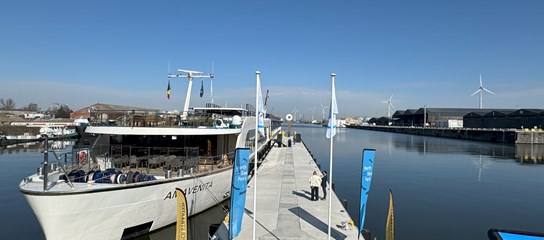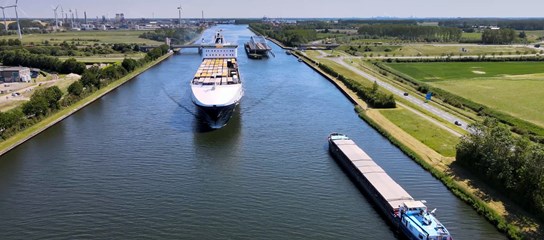North Sea Port records slight growth in cargo throughput
A 1.4% increase in seaborne cargo throughput amounts to 0.7 million tons more. Dry bulk transhipment increased by 3%, to a total of 27.5 million tons. Imports of iron ore, raw minerals, fertilisers and other commodities showed recovery, as did the transhipment of agricultural products. The transhipment of food products continued to lag behind.
Breakbulk increased by 5% to reach a total of 7.7 million tons, partly due to additional imports of cellulose and vehicles.
With a throughput of 2.8 million tons, ro/ro remained the same.
Liquid bulk transhipment declined by 1.4% to 11.1 million tons,
while container transhipment fell by 18% to 1.3 million tons. In TEUs, this represents a 28% drop, bringing the total to 118,253 containers.
The UK is currently at the top of the port’s main trading partners, having been in the top 5 for many years (+25%, 4.5 million tonnes in total). The United States (3.9 million tons) is in second place. Canada was up again last year (8%, total 3.2 million tonnes), currently ranking third. Interestingly, Spain is consistently in the top 10 (+43%, 2.4 million tons in total).
Imports accounted for 70% of cargo throughput, the same share as last year. Exports showed no further growth but remained 0.8 million tons higher than in the same period last year.
Inland shipping
Cargo throughput via inland waterways also increased during the first nine months of 2024, rising by 3.2% to a total of 48.3 million tons.
This growth was accounted for by liquid bulk and dry bulk transhipment – breakbulk and container throughput actually fell.
Of total inland waterway transhipment, imports accounted for 40% and exports for 60%.




